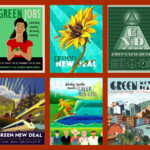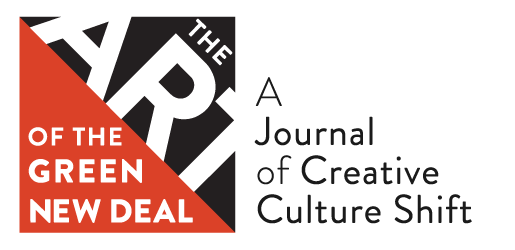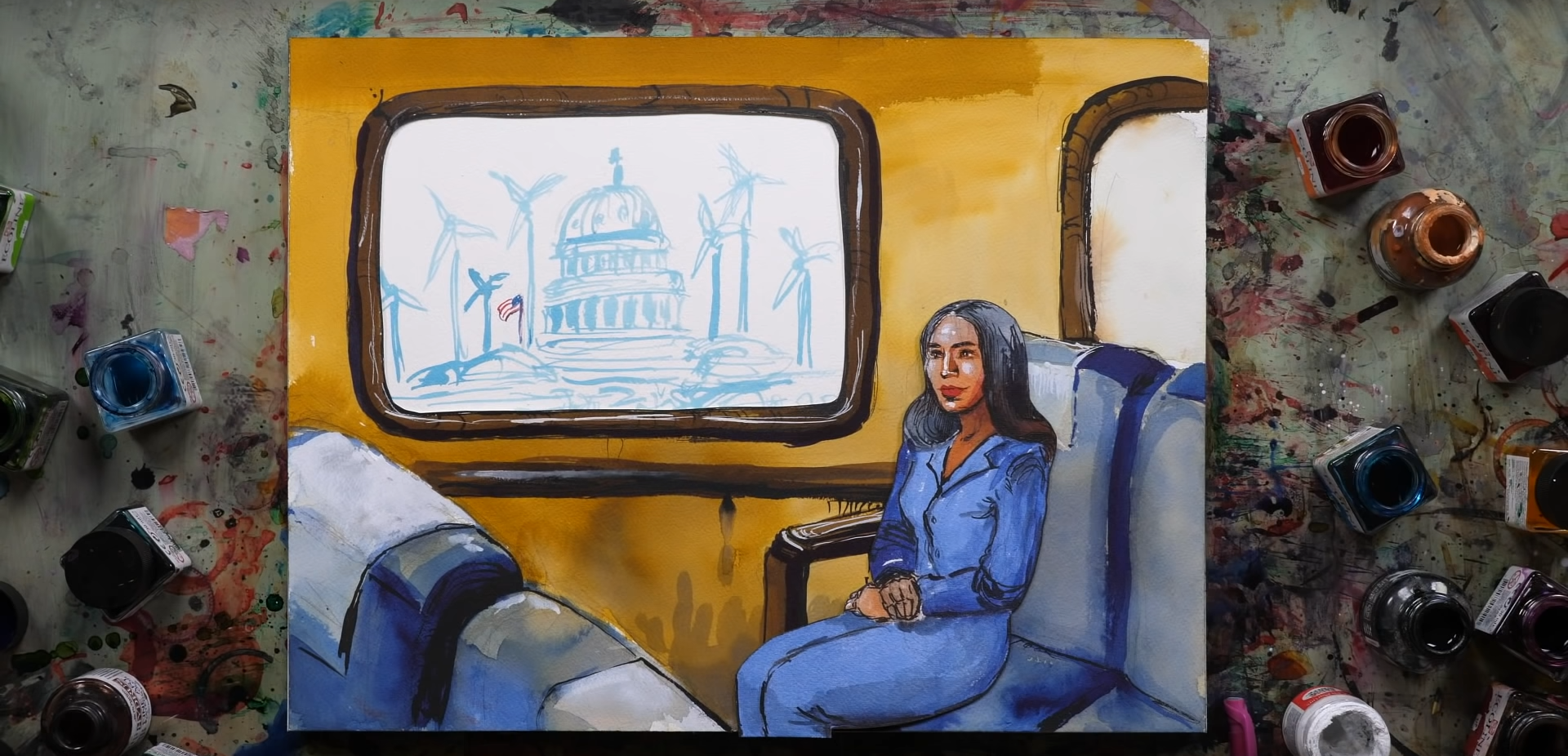Archive
-
LIFE ReImagined: A Collaboration
While the original Game of LIFE reflected a zeitgeist of planned obsolescence and perpetual growth, LIFE ReImagined is steeped in the truth of an emerging Green New Deal movement t...
23 March, 2021 Works -
LIFE ReImagined: A Quest
In our colonized, exploitative, capitalist society, the ‘object’ of the metaphorical game of life is to accumulate the most wealth to win. In "LIFE: ReImagined" artist Lisa Zimmer-...
03 January, 2021 Works -
Feels like we’ve been in the wrong movie. Let’s make a better one together
The last five and a half years have felt like we’ve been pulled into a reality we didn’t choose but have to navigate through nonetheless. How do we not only get out of this horribl...
02 January, 2021 Narratives -
We can be whatever we have the courage to see
It can feel daunting to look forward when the past is still unresolved and the present so precarious. It can also feel pointless to dream up an entire new world when the one we're ...
04 September, 2020 What's Happening -
The Green New Deal is Art, Sierra Club Connects with Artivists
A diverse trio of young and outspoken artist-activists shared their vision for a more just and imaginative world shortly before Covid-19 and the Black Lives Matter uprisings. As th...
31 August, 2020 Movements -
A Virtual Performance with the Sea
This Saturday, September 5, was meant to be the final performance of 36.5 – A Durational Performance with the Sea in New York City. Due to COVID, the actual performance has b...
30 August, 2020 What's Happening -
Creative Green New Deal campaign makes a splash with art competition
Based out of Atlanta, Georgia, birthplace of the Civil Rights Movement and one of the most diverse cities in the nation, Be The Green is a creative grassroots campaign launched las...
05 May, 2020 Movements -
-
-
The Food Change: We are what we grow
From preserving and sharing ancestral food wisdom to highlighting the food change makers of tomorrow and everything in between, this mosaic of vibrant and engaging public art combi...
19 November, 2019 Narratives -
Exploring Time and Scale of a Crisis in A Durational Performance with the Sea
When Hurricane Sandy struck the East Coast in November 2012, it completely changed New York artist and director Sarah Cameron Sunde’s perception of time, duration, and scale. 36.5 ...
06 November, 2019 Works -
The Climate Music Project: Translating the abstract into the personal
Music is familiar, accessible, and—for most people—much easier to relate to than articles or lectures about the climate crisis. The ClimateMusic Project harnesses this universal la...
04 November, 2019 Works -
Sierra Club calling all artists to submit Green New Deal art
Last week, the Sierra Club announced that they are looking for artists to help imagine the Green New Deal. They are asking for all submissions by November 6, and we will offer exci...
01 November, 2019 What's Happening -
David Solnit, Activism’s Creative Renaissance Man
You may not have heard of David Solnit, but chances are you have seen his creations on the evening news or in major publications around the world. Not in the conventional "look at ...
22 October, 2019 Movements -
Calling on film makers and videographers to submit Green New Deal Work
Be The Green is a cool new grassroots creative campaign to communicate the Green New Deal to all communities. They just launched their first challenge asking film makers and videog...
07 October, 2019 What's Happening -
Green New Deal Arts Kit for carrying the message in the street
Just in time for the Global Climate Strike, Art.350.org's Green New Deal Arts Kit comes as the perfect tool to help people carry the Green New Deal message in the streets. Through ...
25 September, 2019 What's Happening -
Historic Government sponsored clean energy posters from… 2016
You don't have to go all the way back to the New Deal era to see government sponsored inspirational art. Way back in the future of 2016, the U.S. Department of Energy Office of Ene...
05 September, 2019 Works -
Artists Unite for a Green New Deal: USDAC hosts Summer Call Series
The U.S. Department of Arts and Culture is hosting “Artists Unite for a Green New Deal”— a summer call series for anyone looking to get informed, inspired, connected, and engaged. ...
21 August, 2019 What's Happening -
Creative Action Network: The Art of Making Green New Deal Art
Taking style inspiration from the original posters of the WPA, the Creative Action Network's Green New Deal designs advocate for solutions on climate change, employment inequality,...
03 August, 2019 Works























